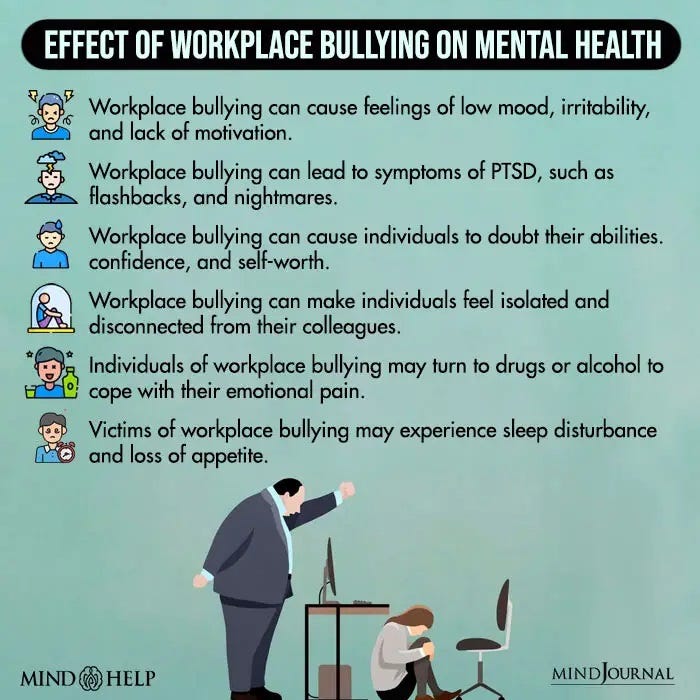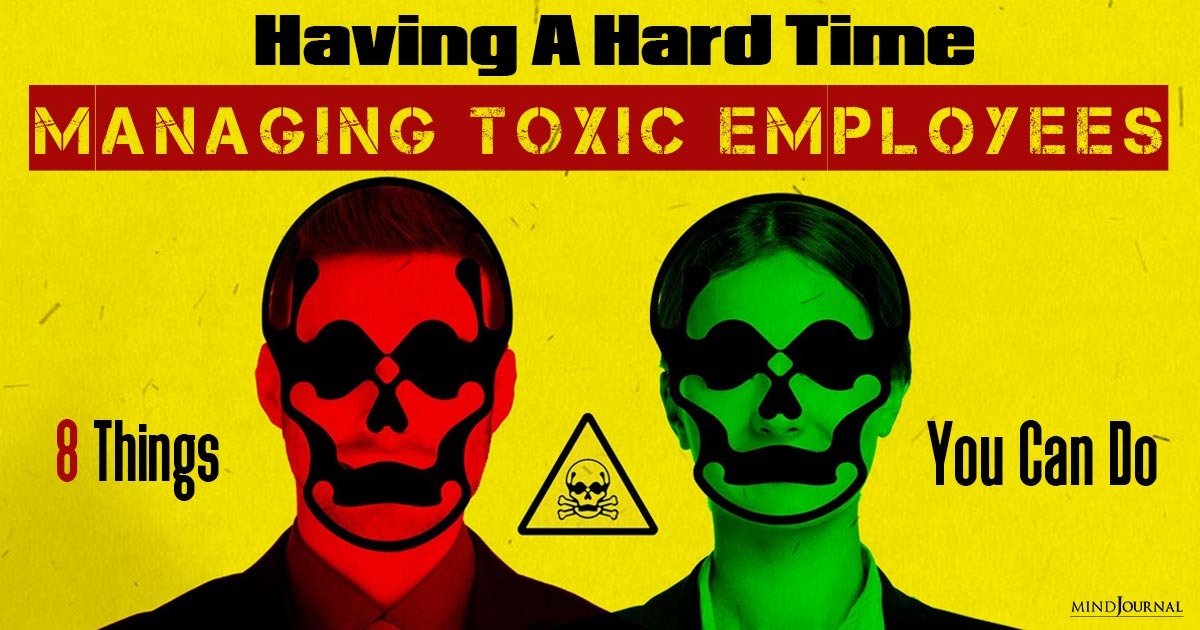Ah, toxic employees. They can be like a bad case of poison ivy in your organization – annoying, always spreading negativity, and making everyone feel uncomfortable. Whether they’re the office gossip, the perpetually grumpy Gus, or the master of passive-aggressive emails, managing toxic employees is a challenge every manager dreads.
However, there are some effective ways to deal with and handle toxic employees at work. In this article, we are going to explore the different types of toxic employees, how to identify toxic employees, and strategies for managing toxic employees.
So, are you ready to dive deep into this? Let’s get started, shall we? First, let us talk about the types of toxic employees.
Related: Psychological Safety At Work: Why It Is Important And How To Make Your Team Feel Safe
5 Types Of Toxic Employees
1. The Drama Queen/King.
This is those types of toxic employees who you will find in every organization, trust me. They thrive on creating and escalating conflicts. They have the ability to turn the smallest of things in to a full-blown soap opera, by manipulating others and spreading rumors.

2. The Negative Nancy/Ned.
Being pessimistic is their favorite hobby, and these types of toxic employees have an uncanny ability of bringing everyone down and being a massive buzzkill. They are always complaining, are extremely cynical and their lack of enthusiasm drains the motivation of the entire team.
3. The Backstabber.
Beware of this charming colleague who is nice to you on your face, but the moment you turn your back to them, they stab you in the back. Experts at gossiping and spreading rumors, they sabotage the team’s morale and always undermines others’ efforts.
4. The Slacker.
How to identify toxic employees? Look out for the slackers. They’re experts at shifting responsibilities on others and avoiding work. They’ve zero commitment, are expert procrastinators, and are always giving excuses. Their presence can hinder productivity and demoralize hardworking team members.
5. The Micromanager.
Picture someone peering over your shoulder all the time, dissecting and scrutinizing your every move. That my friend, is the micromanager. Micromanagers have an insatiable need for control, always look to curb creativity, and try their best to take away your autonomy. Their constant meddling creates a toxic work environment.
Okay, now that we know the different types of toxic employees, let’s talk about how to identify toxic employees.
How To Identify Toxic Employees? 10 Glaring Signs
- They always seem to have a problem with something or someone, and are never happy.
- They never seem satisfied and positive, no matter what.
- They never take responsibility for their mistakes and actions.
- They love spreading malicious rumors about others and are always stirring up trouble and controversies.
- They really suck the life out of every room they enter with their negativity.
- They always find a way to avoid doing their fair share of work, and can always be found dumping their responsibilities on others.
- They just can’t resist poking their noses into everyone else’s business.
- They are experts at playing mind games, just to get what they want, by hook or by crook.
- They can be really passive-aggressive and behave nicely in front of you and once you turn your back, they won’t hesitate to stab you.
- They have zero respect and regard for other people’s privacy and boundaries.
These are some of the biggest signs of toxic employees at work. Now that we have an idea about how to identify toxic employees, let’s explore some strategies for managing toxic employees.
Related: Signs Of A Toxic Workplace: 10 Red Flags You Mustn’t Ignore
8 Tricks For Managing Toxic Employees At Work
1. Listen to what your team has to say about the toxic employees at work.
One of the best ways of managing toxic employees is by listening to what the rest of your team has to say. Don’t ignore them, and try to set up regular meetings to listen to everyone else so they also feel valued for their contributions.
Consider organizing weekly one-on-one chats to understand and resolve issues early on. This ensures that both the toxic employees and those they try to dominate are treated fairly.
You might want to politely discuss the issue with toxic employees to make them aware of their actions.

2. Take every complaint seriously and tackle them head-on.
Keep an ear out for grievances from your staff, especially if someone frequently complains about the same issue.
When this happens, try fixing what bothers them perhaps by introducing a flexible work schedule, which can improve concerns regarding work-life balance. Should an employee constantly be negative about something, take them aside and try to understand what is it exactly that’s bothering them.
If there’s an issue with someone’s negative attitude, talk to them directly about it. Moreover, you can also discuss the importance of being proactive and positive at work, so that no one feels like they’re being targeted.
3. Make sure you lead by example.
When someone hurts your pride, recovering from that and being a good leader is sometimes easier said than done. But being a humble and understanding leader can be one of your biggest strengths.
When your employees see how modest and down-to-earth you are, it is bound to rub off on them. Additionally, praising employees who are humble can also steer the problematic employees in the right direction.
This approach sends a clear message that your company prioritizes humility and team spirit, and this is one of the best ways to deal with toxic employees at work.
Related: Workplace Bullying: 10 Tragic Impacts On Employees And The Organization
4. Gather feedback from your other employees but anonymously.
To tackle issues caused by shady employees, work towards cultivating an atmosphere where people can speak their minds freely. If needed conduct surveys and arrange meetings with the HR, so that they can anonymously air their grievances.
This will help you nip the problem in the bud, and will motivate your employees to talk about the problems they are facing without feeling scared and uncomfortable.
5. Set clear expectations.
Laying out crystal-clear goals and expectations means spelling out specific job duties as well as what kind of behavior you expect from your team members. For managing toxic employees, you must be very firm when assigning their duties to them, so that they won’t be able to play any games behind your back.
Also, talk to them about how they’re supposed to work and interact with other team members. When you make these expectations clear, there’s no room for confusion and it sets the stage for holding people accountable.
This also stops bad apples from pretending they didn’t know what was okay or not okay at work.
6. Foster a work culture that doesn’t tolerate and allow gossip.
To create a workplace that won’t put up with gossip, you need to set a good example and lay out some strict rules. If you’re in charge, stay away from the rumor mill and encourage everyone to talk openly and in a helpful way.
Make it clear to your team that spreading rumors or harassing others is off-limits and punishable, and explain what will happen if someone breaks these rules.
In doing so, you’ll make a respectful and professional setting where gossip just isn’t tolerated, but is strictly prohibited.
Related: 8 Different Leadership Theories You Need To Know To Succeed
7. Address problematic behaviours head-on.
When addressing toxic behavior, directness is key. Don’t dance around the issue; confront it head-on. Clearly articulate the problematic behavior and its impact on the team or workplace.
By being specific and providing examples, you make it clear what needs to change. A candid conversation allows for open dialogue and the opportunity for the concerned individual to understand the gravity of their actions, fostering potential for improvement.

8. Offer training and development.
When you provide training and development, you address the root cause of toxic behavior. By identifying the areas where an employee is struggling, you can come up with training programs to help them improve their skills.
When you invest in their growth and development, you are telling them that you are always there to help them deal with the problems they are experiencing. This doesn’t just boost morale, it also pushes them to succeed more.
Gradually, this will help you mitigate toxic behavior, and will cultivate a more skilled and productive workforce, which will reward you with long term benefits.
Bottomline
Managing toxic employees is a challenging battle to fight, but not impossible. As the leader of your organization, it is your responsibility to make sure that there is harmony, fairness and healthy competition in the workplace.
By implementing the above-mentioned strategies, you can succeed in making sure that the toxic employees at work are kept in check, and there’s no shady activities going on.
Related: How To Deal With Verbal Harassment In The Workplace? 10 Effective Coping Mechanisms
Have you ever tried managing toxic employees at work? What did you do to deal with this situation? Let us know in the comments down below!










Leave a Reply